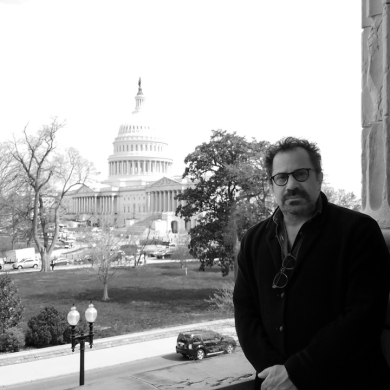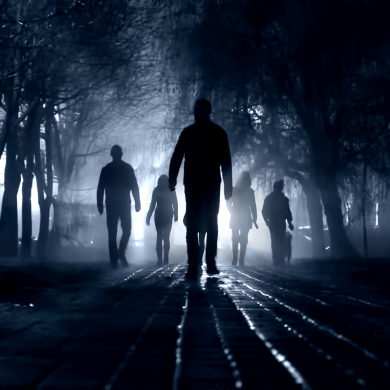Published Date: 04-26-17
By: Lucy Sosa
Eighth in the series.
It’s not a secret that magazines, brands, and advertisers retouch their images. Ever since Adobe Photoshop was released in 1987, the ability to alter images by cropping them or changing their color has revolutionized photography. It’s also not a secret that overly “Photoshopped” images have landed many magazines, brands, and advertisers in hot water for projecting unrealistic perceptions of beauty. Fortunately, the days of excessive Photoshop jobs are dwindling and people are more interested in the lighter touch-up jobs, according to Los Angeles-based retoucher Christine Hilberg.
While people know most of the images they see have been retouched, many people don’t know what a retoucher actually does. After a photographer shoots a photo, Hilberg is responsible for everything that happens after. Many photographers work with retouchers, and for Los Angeles-based photographer Mark Leibowitz, that person is Christine Hilberg. She’s been with him for over 10 years, helping Leibowitz with a wide range of advertising, editorial, and local clients.
In her free time, Christine enjoys posting quirky photos of her dog Puka and her top hat-wearing tortoise Rocket Larry to Instagram. She is a firm believer in putting yourself out there without limitations and that nothing is impossible if you have a vision. CreativeFuture recently spoke with Hilberg about her process, industry trends, and the techniques she employs to avoid crossing that fine line between retouching and distorting.
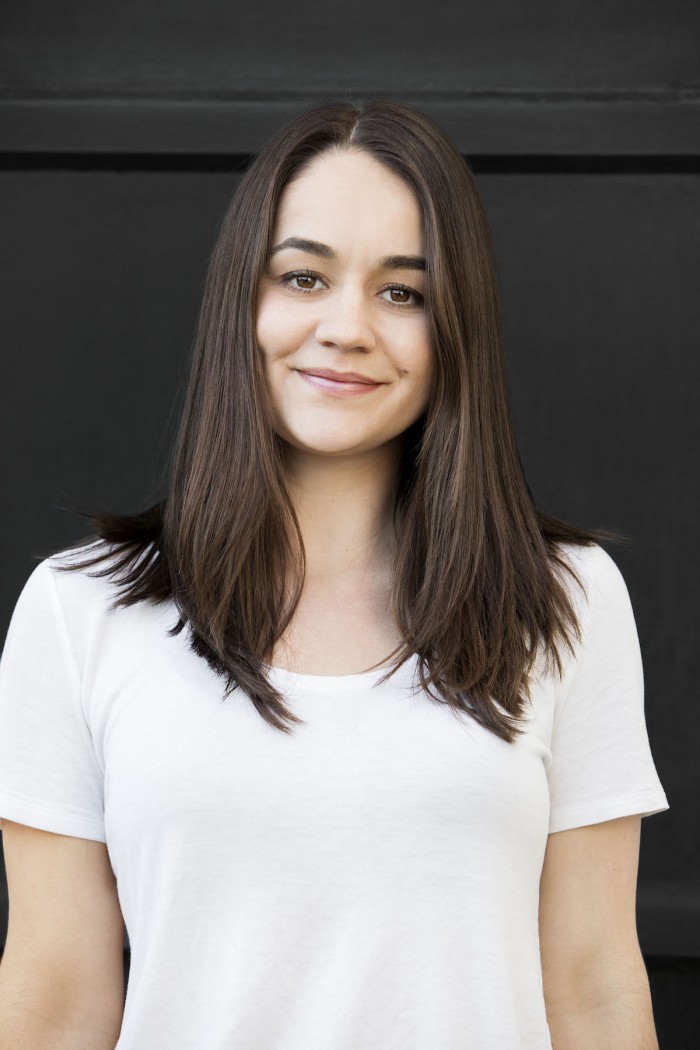
Lucy Sosa: What is your photographic background, and how long have you been working as a retoucher?
Christine Hilberg: I’ve been a full time retoucher since 2006. Before then, I thought I wanted to be a photographer and even went to school for it. After an internship in London, with a fashion photographer, I realized I preferred the post-production side of image making more and I’ve focused on retouching ever since, which is how I met Mark. I’ve been with his studio since 2007.
LS: What does your work as a retoucher entail?
CH: As a retoucher my work is done entirely on a computer. I make all the color adjustments to the image, correct any imperfections, and make sure the image matches the photographer’s vision and style overall. Sometimes I need to make a composite from multiple images – or elements from certain images – into one.
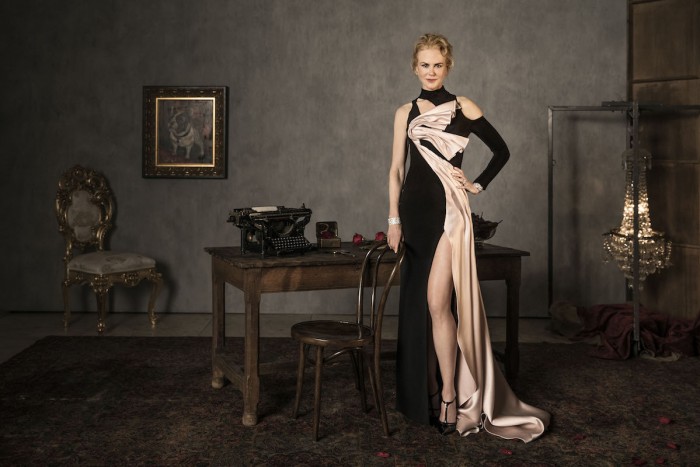
LS: How do you avoid overdoing it when you’re retouching a photo?
CH: There is no magic button, so you have to have patience and the skills to know what to do for each image. Clients will often give me detailed notes for a project and you have to take the time to address each correction properly. My clients look at a lot of images and that can get overwhelming, so sometimes I advise on a project if the images start getting over-processed, or if the retouching requests begin to move away from the original project goal.
LS: What’s the greatest challenge you face when advising against a certain edit?
CH: It’s tough because there’s a line of people you have to go through. It’s rarely a matter that is resolved one-on-one. There’s the art director, the brand or the client, the creative, and the photographer. A lot of the time, everyone is working on short deadlines and quality can sometimes be overlooked if everyone isn’t focused. If you’re working with the right people, you don’t usually see that stuff.
LS: What do you enjoy most about your job?
CH: Mark works with such a wide range of clients, people, and brands, so every day is something fun and different. Some days we’re working with celebrities and advertising clients; other days we’re working on travel stories or putting together something fun for a creative director or ad agency. I’m so lucky I’m not confined to a cubicle doing the same thing every day.
Working for Mark keeps me current on the needs and trends of our creative industry. I always have the advantage of knowing what’s in and what’s not, which makes me valuable as a retoucher. When brands and clients come to me for my professional opinion, I know what the overall style should look like and what direction we should go in.
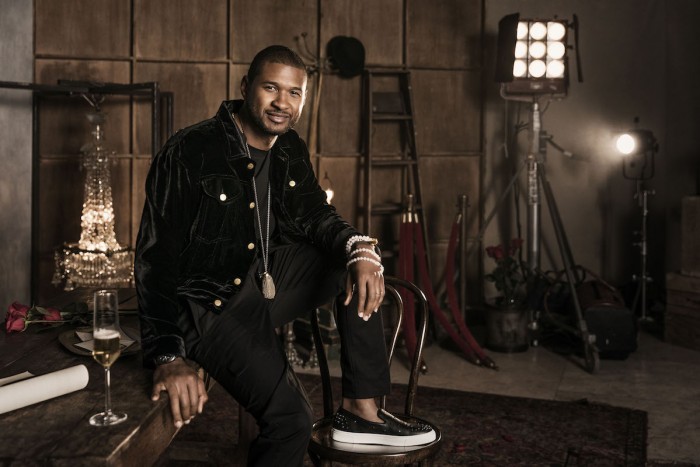
LS: What are some trends in retouching these days?
CH: In the editorial world people want a less “retouched” look now. They want to appear more natural and only want minor skin retouching done. Excessively slimming people down and smoothing out their skin is not a major priority. People can see right through that. Nowadays, some celebrities will get their photo taken and be outraged when they see how heavily Photoshopped they are. They don’t want that anymore. It’s a real skill to be able to make a subject look fresh without making it look over retouched.
LS: Do you have a method for gaining new clients?
CH: Most of my work comes from referrals since I work with Mark full-time. When I first started out, I cold called and emailed various brands, companies, photographers, and magazines that I wanted to work with. Occasionally, I’ll reach out to a brand that has a need, and I’ll send them my website link.
LS: Do you think it’s important for retouchers to maintain a website?
CH: I think everyone in the creative industry needs a website. People need some type of visual reference to check out your style and the kind of work you do.
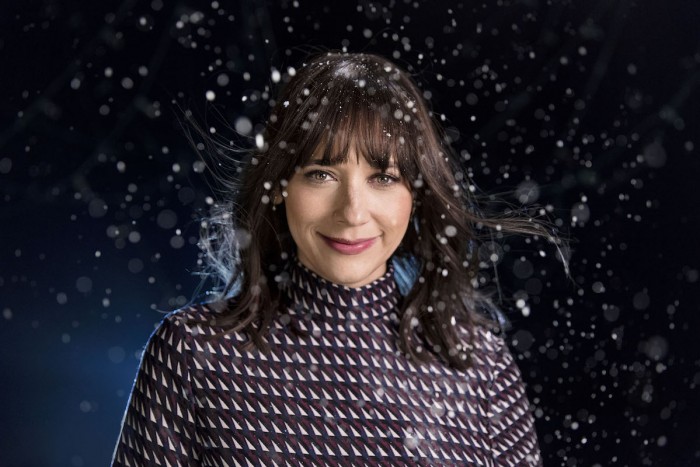
LS: Do you pursue any personal work on the side?
CH: I’ve found an amazing outlet setting up little scenes and taking super quirky photos of my dog. Sometimes my tortoise makes an appearance. I’ve been doing that for the past 3 years. You can check it out on Instagram at @chilberg.
LS: Do you have any advice for aspiring retouchers or for anyone considering a creative career?
CH: If you want to do anything in the creative industry, the best thing to do is intern or shadow someone you admire. I never would have found retouching by going to school or by searching for it online.
LS: What does creativity mean to you?
CH: Creativity means being able to express yourself – or the vision of someone else – without limitations. It’s about feeling like you can do whatever you want, without people questioning whether or not you can do it. Creativity involves putting yourself out there, evoking a reaction from others, and inspiring others. Nothing is impossible if you have a vision. If you have a vision, then it’s easy to execute. You just have to stick to it.
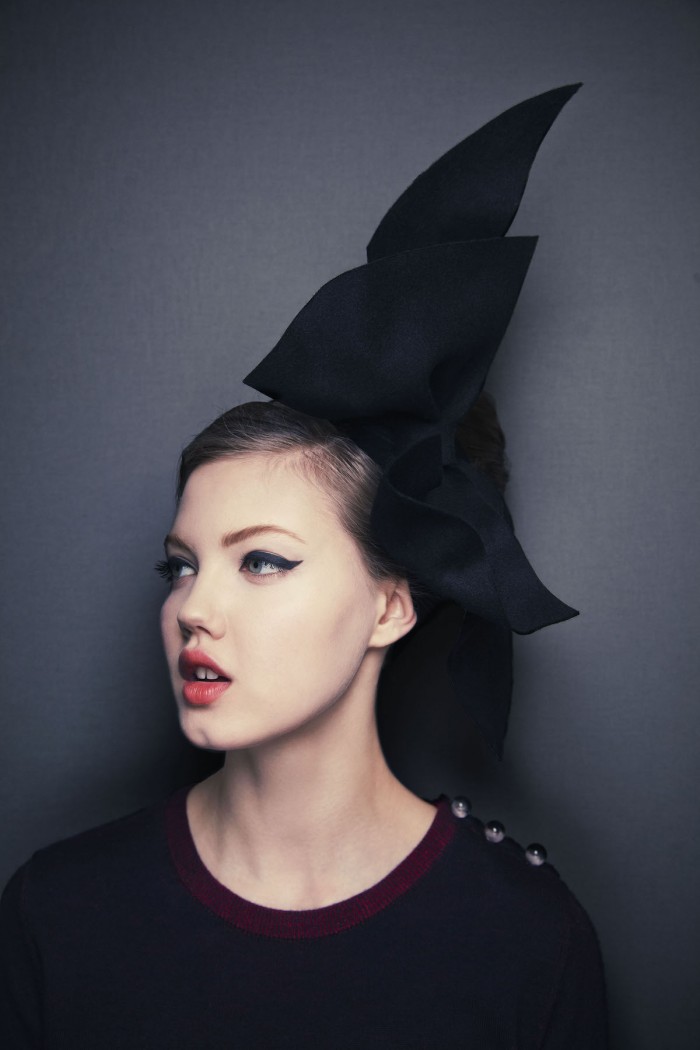
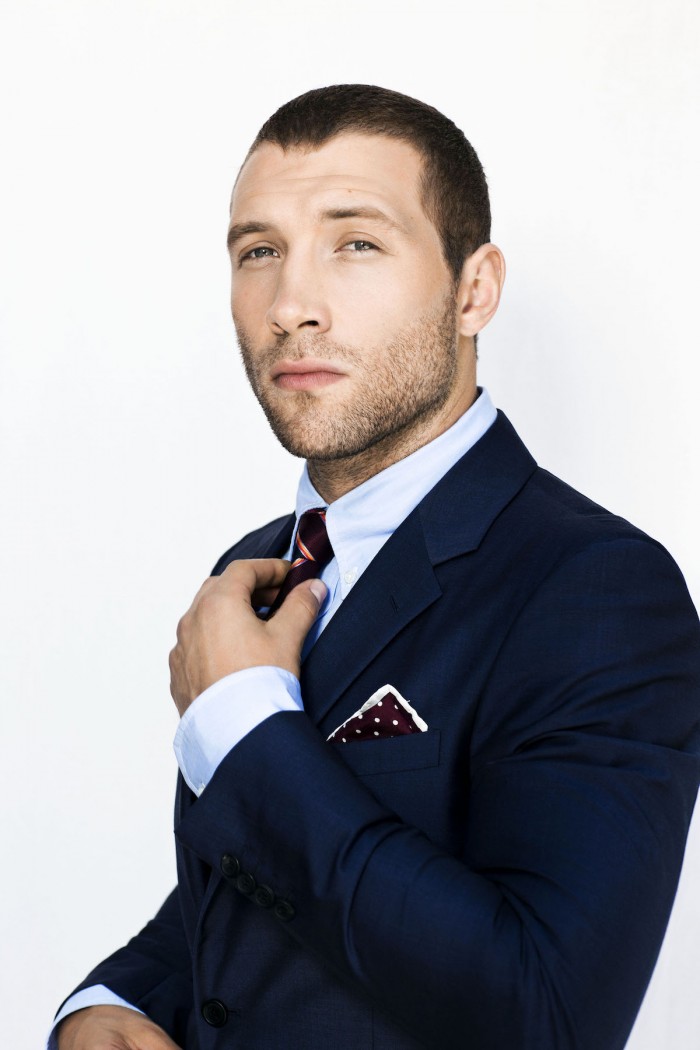
All photos courtesy of Mark Lebowitz and Christine Hilberg.

